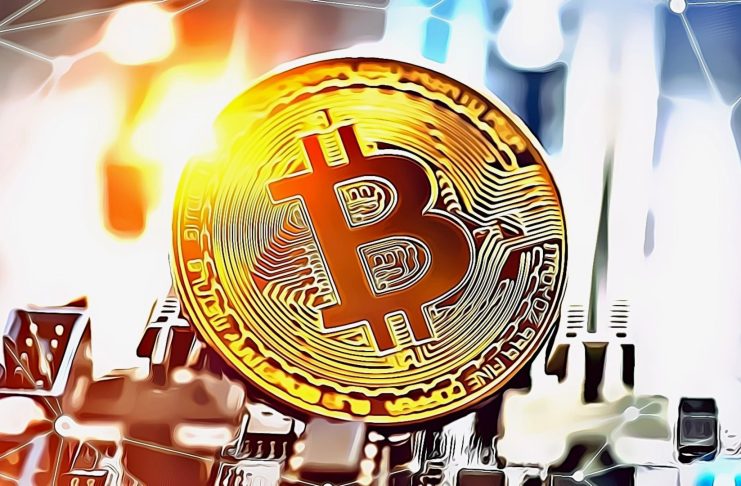Token deflationary refers to a mechanism in the cryptocurrency world designed to reduce the total supply of a token over time, ultimately increasing its scarcity and potentially driving up its value. The concept has gained popularity as a way to counteract inflationary pressures in the long term and incentivize token holders to hold on to their assets rather than sell them.
The top three most effective ways to bring about token deflationary are:
- Token Burning: Token burning involves permanently removing a portion of the token supply from circulation. This can be achieved through a variety of mechanisms, such as sending tokens to an unspendable address or using them in smart contracts that destroy them. By decreasing the overall supply, token burning increases scarcity, potentially boosting the token’s value.
- Staking Mechanisms: Implementing staking mechanisms encourages token holders to lock up their assets in a smart contract for a specific period. During this time, these tokens are taken out of circulation, reducing the available supply and contributing to token deflation. Staking also rewards users for participating, providing an added incentive for holding and staking the tokens.
- Transaction Fees: Applying a deflationary mechanism through transaction fees can also reduce the token supply. For instance, a portion of the transaction fees collected on a blockchain can be permanently destroyed, effectively reducing the circulating supply with each transaction. This approach encourages users to hold tokens rather than engage in frequent transactions, contributing to deflation.
While token deflationary mechanisms can have potential benefits, it’s important to consider the long-term implications and balance them with other factors like usability and adoption. Extreme token deflation could lead to hoarding behavior, reducing liquidity and hindering the token’s functionality as a medium of exchange. Striking the right balance is crucial to ensure sustainable and healthy token economics in the blockchain ecosystem.
Disclosure: This is not trading or investment advice. Always do your research before buying any cryptocurrency or investing in any services.
Follow us on Twitter @nulltxnews to stay updated with the latest Crypto, NFT, AI, Cybersecurity, Distributed Computing, and Metaverse news!
Image Source: lainen/123RF // Image Effects by Colorcinch




